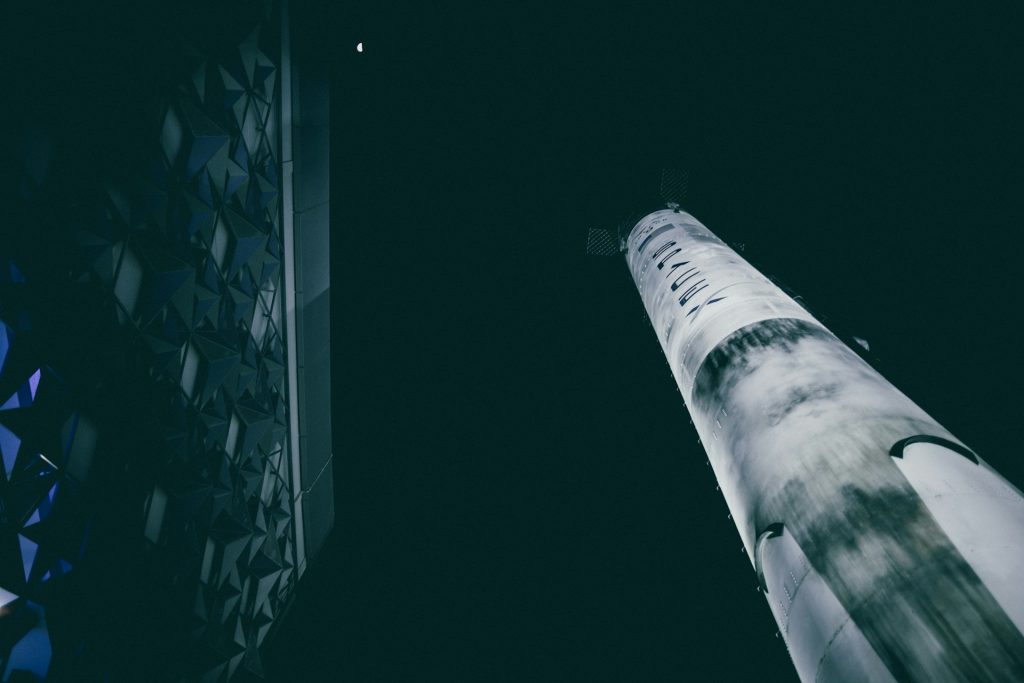Catastrophic Test Failure at Starbase
Late Wednesday night, SpaceX suffered another major setback in its Starship program when the company’s massive rocket exploded during a static fire test at its Starbase facility in Texas. According to the Cameron County authorities, the incident occurred at 11:01 p.m. local time on June 19 during what was described as a routine ground test. Fortunately, no injuries were reported.
“Starship 36 experienced a catastrophic failure and exploded during a static fire test at Starbase, Texas,” stated the county on its official Facebook page. Emergency protocols were activated immediately, and an investigation is now underway to determine the root cause of the explosion.
Shocking Footage Shared Online
A video that has since gone viral on social media shows the towering 400-foot rocket—equivalent to a 40-story building and the most powerful ever built—engulfed in a massive fireball. The explosion lit up the night sky and scattered debris across the surrounding area.
Static fire tests are a key step in the launch preparation process. These tests involve igniting the rocket’s engines while the vehicle remains anchored to the launch pad. Wednesday’s explosion occurred during such a test and was never intended to lead to a full launch.
Pattern of Failures Raises Concerns
This latest explosion marks yet another in a string of technical failures for SpaceX’s Starship, a crucial component of Elon Musk’s long-term goal to send humans to Mars. The company has adopted a development strategy that emphasizes rapid iteration, frequently launching prototypes to identify and resolve design flaws.
The previous incident occurred less than a month ago, on May 27, when a Starship rocket successfully reached space. However, its Super Heavy booster exploded before it could make a controlled return to Earth. Earlier in the year, test flights in January and March also ended in fiery explosions shortly after liftoff, with debris raining down over the Caribbean.
Explosion Tied to Nitrogen Storage Failure
According to Elon Musk, initial data suggests the cause of the latest explosion may be tied to a rupture in a nitrogen storage unit, known as a Composite Overwrapped Pressure Vessel (COPV). “If this is confirmed, it would be the first failure of this kind in this design,” Musk stated on his social media platform, X.
SpaceX has not yet issued an official statement beyond the preliminary findings. Observers noted what appeared to be two successive explosions, with debris visibly flying in different directions—raising further questions about the structural integrity of the Starship system.
Setbacks Threaten Mars Mission Timeline
Despite these repeated failures, SpaceX continues to push forward with the ambitious Starship project, which is central to Musk’s vision of making interplanetary travel a reality. The 400-foot-tall Starship system is designed for deep-space missions, including potential crewed flights to the Moon and Mars.
In late May, another test flight ended prematurely when the rocket lost control mid-flight, failing to complete several mission objectives. That test had marked an improvement over two earlier attempts, which ended in explosive failures shortly after liftoff. The March incident even prompted the Federal Aviation Administration (FAA) to restrict airspace over parts of Florida due to falling debris.
Outlook Remains Uncertain
While SpaceX frames each failure as a learning opportunity, the repeated setbacks have raised concerns about the timeline and feasibility of its Mars mission. The investigation into the latest explosion could further delay future tests, and regulatory scrutiny is likely to increase following this string of incidents.
For now, SpaceX remains committed to accelerating Starship development, but the road to Mars is proving far more turbulent than anticipated.










More Stories
Meta Doubles Down on AI: Soaring Profits Fuel Massive Investment in Superintelligence
Vanguard Balanced Index Fund (Admiral Shares) Offers Steady Growth with Low Fees
Franklin DynaTech Fund Targets Innovation-Driven Growth